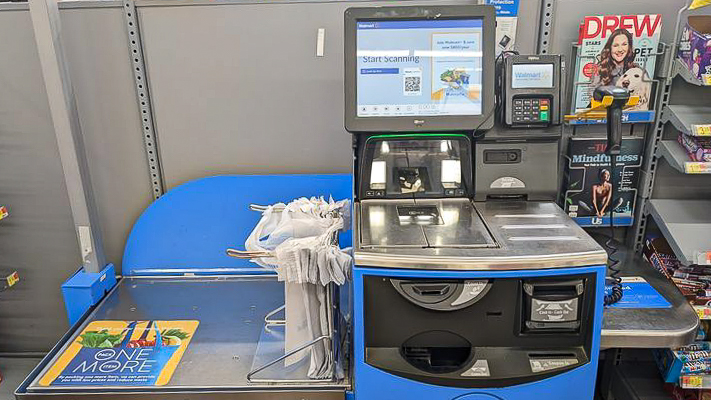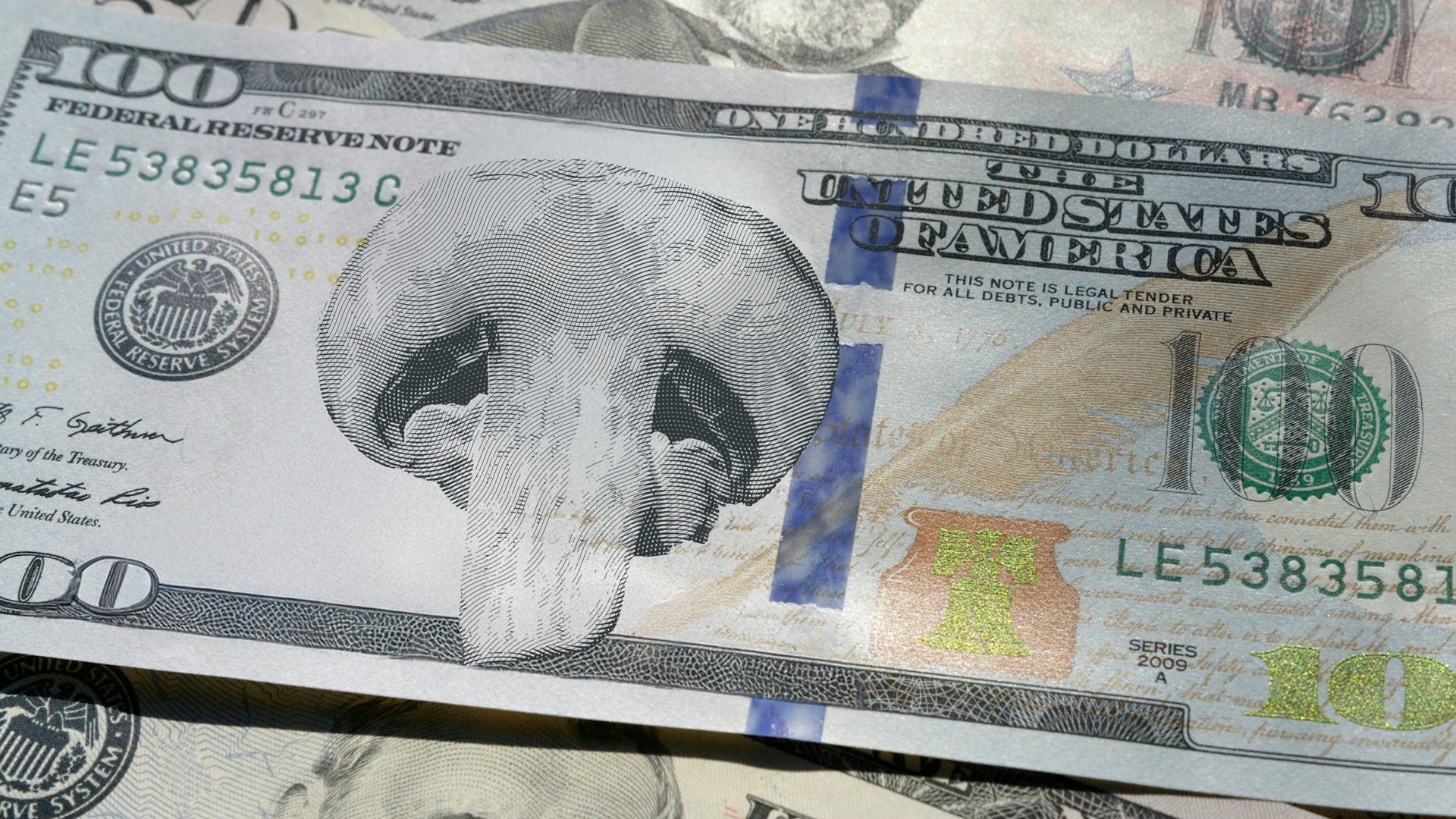In July 2018, Melissa Sheeder, a visually-impaired person, attempted to use the self-checkout lane at a Maryland Walmart. After struggling to scan some of the items, Sheeder’s friend, who is also visually-impaired, asked a nearby employee for help.
But instead of helping them check out, the Walmart employee canceled the transaction, helped put the merchandise back in their cart, and directed them to a cashier lane.
A few months later, the National Federation of the Blind (NFB) sued Walmart, arguing that the company violated the Americans with Disabilities Act by “excluding blind people from using the service in the way that it was intended – independently and privately,” as stated in court documents. Sheeder was one of three plaintiffs in the suit. Last year, a federal judge in Maryland ruled in Walmart’s favor.
Since then, self-checkout lanes have continued to cause issues for disabled customers.
Unequal access to privacy
From a consumer perspective, the merits of a self-checkout lane are speed and privacy. During the 2018 lawsuit, Walmart maintained that its self-checkout system is accessible because staff are trained to help. But if disabled customers have to ask for assistance, not only will the transaction likely take longer, they also lose the option to keep their purchases private.
“When it comes to the self-service checkouts in retail stores, we all understand that there are certain items we might want to purchase which are of a personal nature,” said Nicky Shaw, U.S. operations manager at Storm Interface, a company that creates assistive technology products used at both Taco Bell and McDonald’s, in an interview with The Food Institute.
“Having the option to check out independently is unfortunately not available to all customers because of inaccessible POS,” Shaw explained. “By denying some customers this option, what message is the retailer sending to those customers?”
Meanwhile, self-checkout has only become more ubiquitous in the last few years. In 2018, self-checkout represented 18% of all grocery store transactions. By 2021, when the Walmart ruling came to pass, that figure had increased to 30%, according to FMI.
Walmart, Kroger, Dollar General and Albertsons are all piloting stores that consist entirely of self-checkout lanes.
“Having the option to check out independently is unfortunately not available to all customers because of inaccessible POS. By denying some customers this option, what message is the retailer sending to those customers?” -Nicky Shaw, U.S. operations manager at Storm Interface
Working toward new regulations
As a result, the Walmart case is “probably not the last you have heard of this type of suit,” said Craig Allen Keefner, executive director of the Kiosk Association. Keefner said the Kiosk Association works closely with the U.S. Access Board, a federal agency currently in the process of proposing new guidelines for self-service machines.
From September through November, the public was invited to submit comments to the Access Board on new regulations for self-checkout machines and ordering systems.
“The first step in proposed rulemaking, which would create scoping and technical standards for touchscreen devices used in commercial facilities just closed on November 21,” explained Bruna Pedrini, an attorney who specializes in accessibility and anti-discrimination law.
Pedrini added that as the regulatory process unfolds, businesses can “address the very real concerns of their customers with disabilities by considering some basic issues. For example, the spacing between self-service kiosks and check out aisles needs to allow for a wheelchair to properly maneuver and to turn about. Similarly, the reach to the touch screen from the seated position of a person in a wheelchair must be at the correct height and accessible.”
The role of retailers moving forward
The U.S. Access Board’s proposal is already supported by the NFB and the National Association of the Deaf. If an agency with enforcement powers adopts the new guidelines, the proposed regulations could become official rules, changing the standards that retailers and self-checkout manufacturers must comply with.
“Our self-checkout systems and their components such as payment device location, touch screen, scanner location and bag racks are designed to meet or exceed industry guidelines for accessibility,” said Dan Kelaher, senior human factors engineer at Toshiba Global Commerce Solutions.
But ensuring that self-checkout machines are actually accessible once they’re placed in a store requires close collaboration between manufacturer and retailer.
“Retailers must also follow building guidelines and requirements to ensure that adequate space is provided around the self-checkout system so all individuals can access and use all the available features,” Kelaher said.
From Nicky Shaw’s point of view, if retailers want to know what shoppers with disabilities need, they should ask them.
“I believe that retailers should work more closely with disability advocate groups when developing their POS,” she said, “because it’s often small tweaks that can make a big difference.”
Ultimately, it’s in the retailer’s best interest to ensure an equitable shopping experience for every customer.
“I read about ‘customer engagement’ and the importance that retailers seem to place on this,” Shaw noted, “but then at the point of sale any customer who cannot see, or read, or interact with a touchscreen is completely forgotten.”












